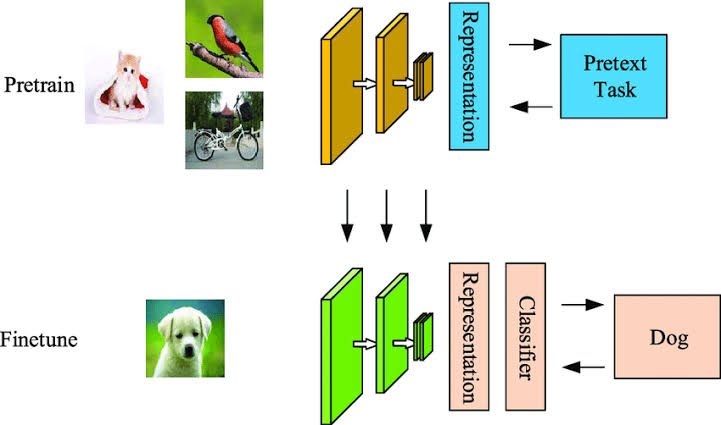Self Supervised Learning: What It's, Why Significant , How it Works, Types, Applications, Advantages, Disadvantages and Strategies ! Add Value to Your Innovation with AI !!

Abstract : Self-supervised learning (SSL) is a machine learning technique that uses unlabeled data to train a model to predict parts of the data. Here are some key points about SSL: How it works SSL uses unlabeled data to generate fake labels, which are then used to train a model. The model learns to predict parts of the data from other parts, including incomplete, distorted, or corrupted fragments. How it's used SSL is commonly used to solve computer vision problems like object detection, image classification, and semantic segmentation. Why it's useful SSL is considered a promising way to build machines with basic knowledge, or "common sense". It's also useful when labeled data is expensive to obtain. How it's different from other learning methods SSL is different from supervised learning, which requires labeled data, and unsupervised learning, which doesn't provide explicit feedback. SSL is considered a bridge...